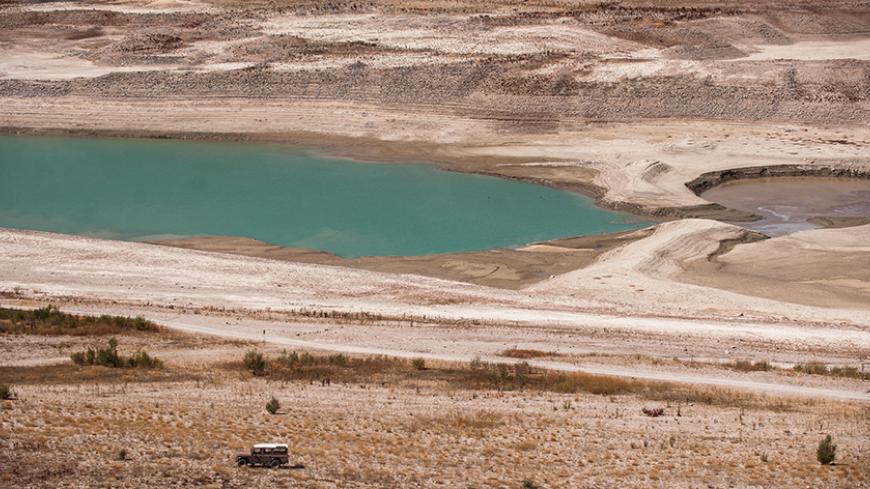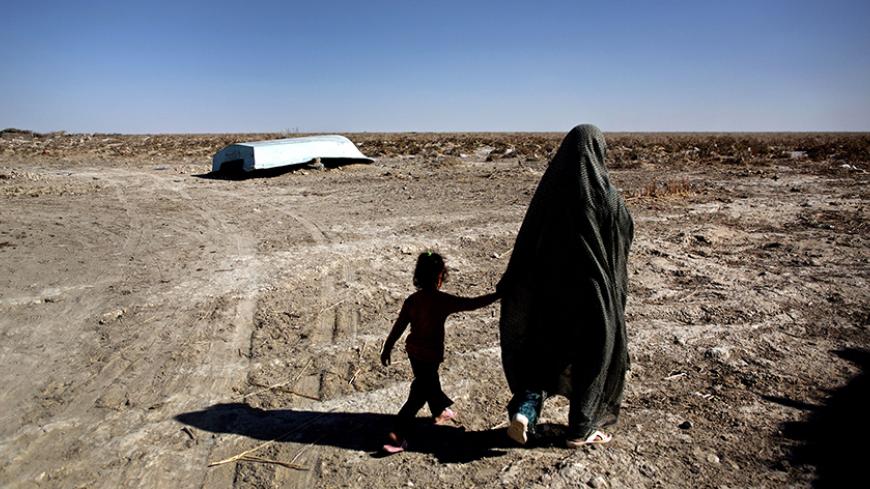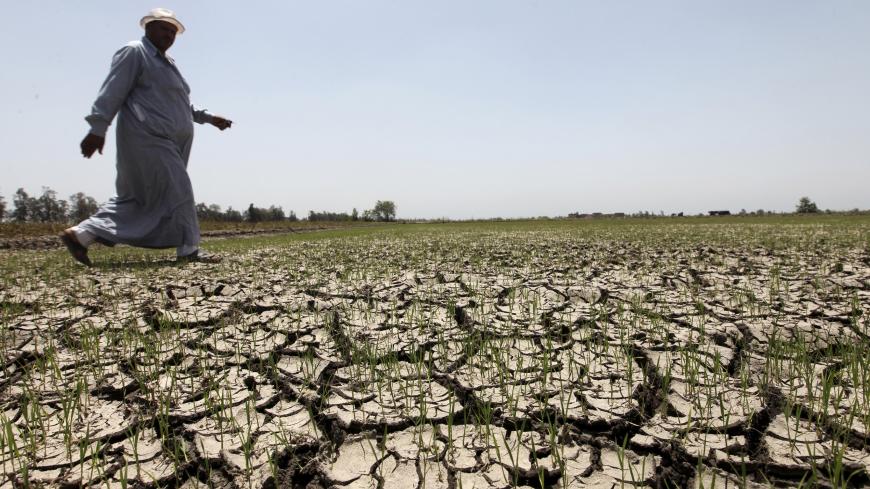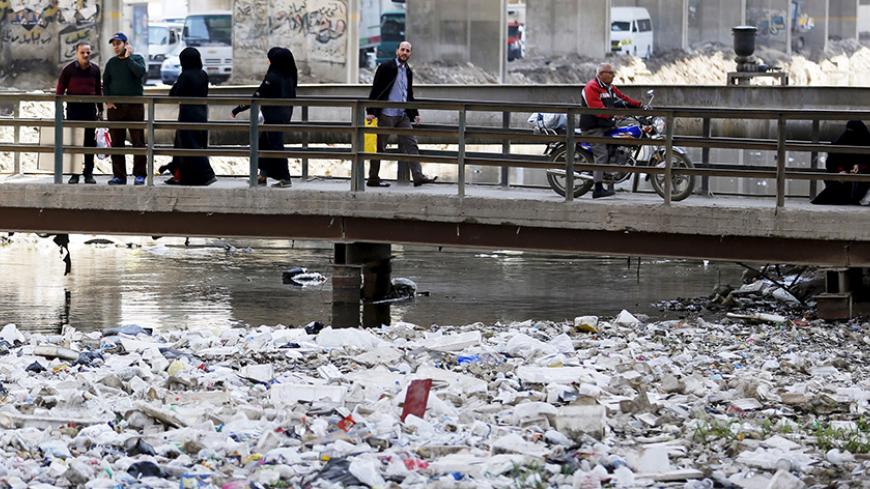![-PHOTO TAKEN 10JAN06- A general view of the Khagoo bridge on the Zayandeh-Rood river in Isfahan, 450.. -PHOTO TAKEN 10JAN06- A general view of the Khagoo bridge on the Zayandeh-Rood river in Isfahan, 450 km (280 miles) south of [Tehran], January 10, 2006. Isfahan was designated 'Cultural Capital of the World of Islam' by the Organization of the Islamic Conference for 2006. PICTURE TAKEN JANUARY 10, 2006. - RTXO487](/sites/default/files/styles/article_hero_medium/public/almpics/2014/04/RTXO487.jpg/RTXO487.jpg?h=e92c5d5c&itok=RZxS-a-c)
Iran sinks in water crisis
Subscribe for less than $9/month to access this story and all Al-Monitor reporting.
OR
Create an account for a 7-day trial to access this article and all of AL-Monitor.
By entering your email, you agree to receive ALM's daily newsletter and occasional marketing messages.















